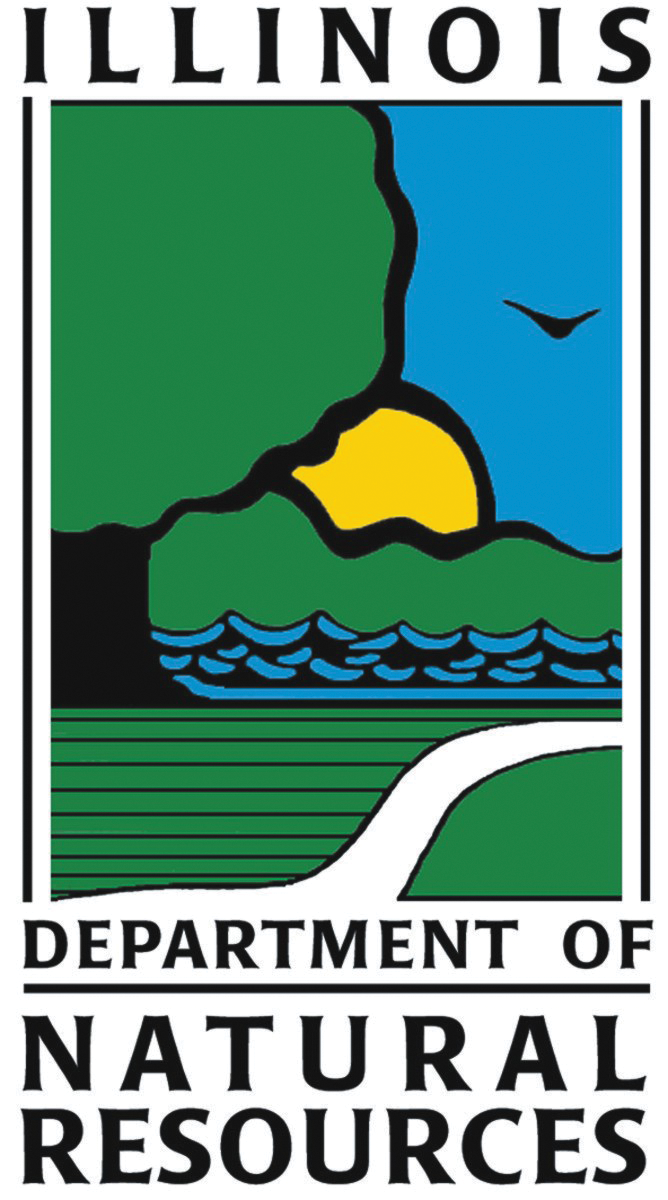
Mowing can be a useful management tool as long as it is not used too frequently or incorrectly. The bulk of grassland wildlife nesting and brood rearing occurs from April 1 thru August 1. Mowing roadsides, field borders, pastures, and grasslands after August 1 or later will help avoid destruction of late broods of ground nesting birds, rabbits, and late-born fawns.
When possible, wait until early spring to mow to help provide winter refuge for wildlife. Set the mower at the highest level (8+ inches) and leave about 1/3 of the area unmowed. The unmowed area could be mowed or burned between March 1 to April 15 to help control woody plants and invasive species.
For example, in the photo above, the vegetation on the right near the treeline was mowed in late summer. The vegetation on the left side of the photo was not mowed, leaving winter cover for wildlife.
Some other things to keep in mind:
- Start mowing in the middle of the yard or pasture and mow toward the outer borders. This will allow wildlife to move to other cover.
- When mowing with a tractor, attach a flushing bar to the front to push wildlife away from the cutters and wheels.
- Where possible, leave field borders and drainages uncut to allow tall grasses and shrubs to grow.





